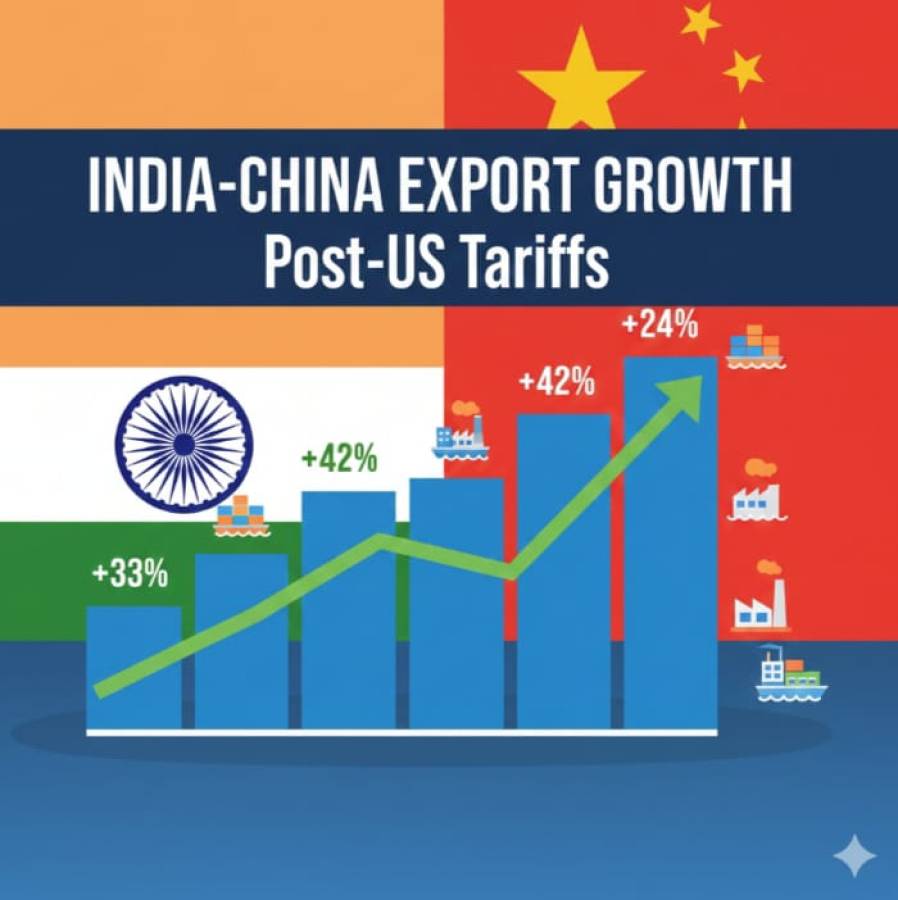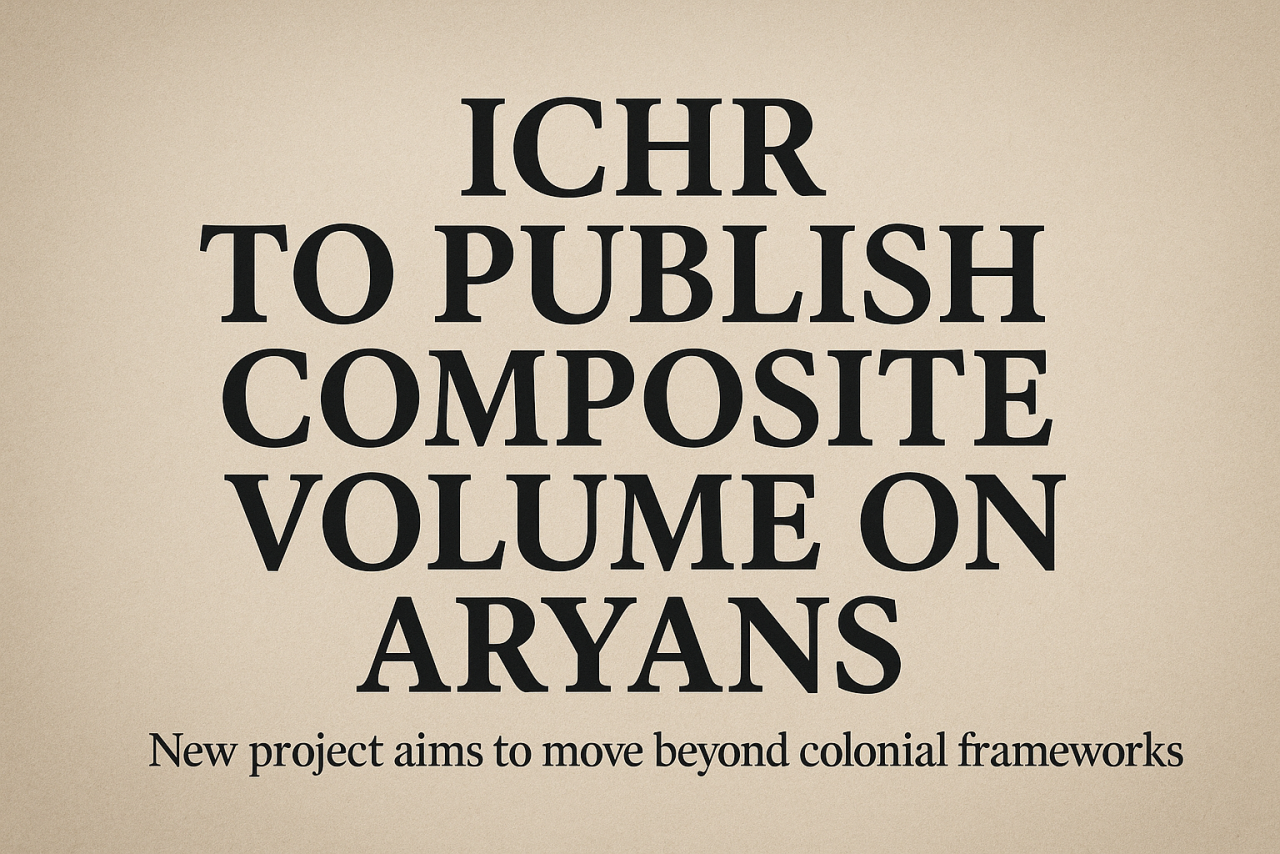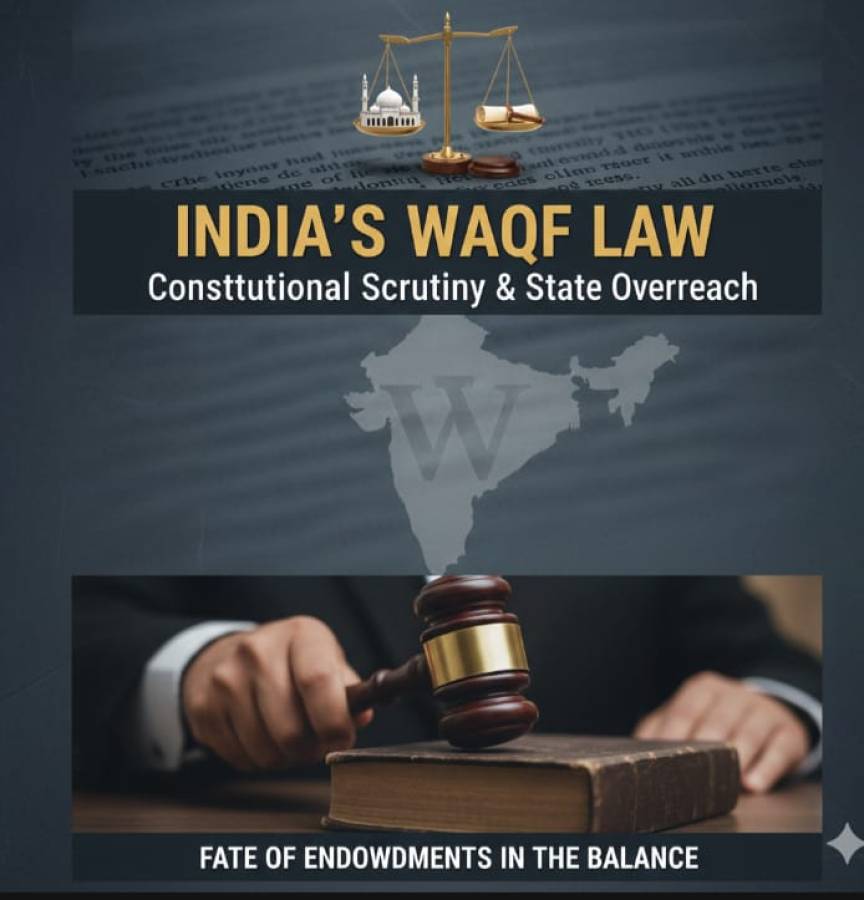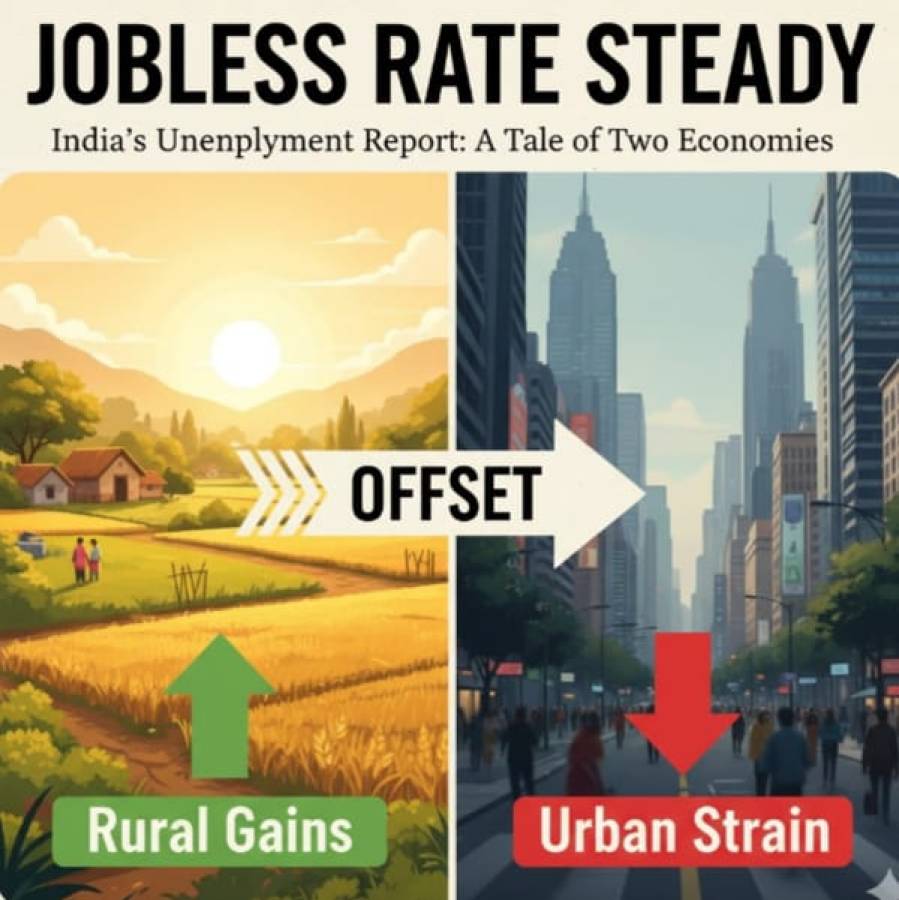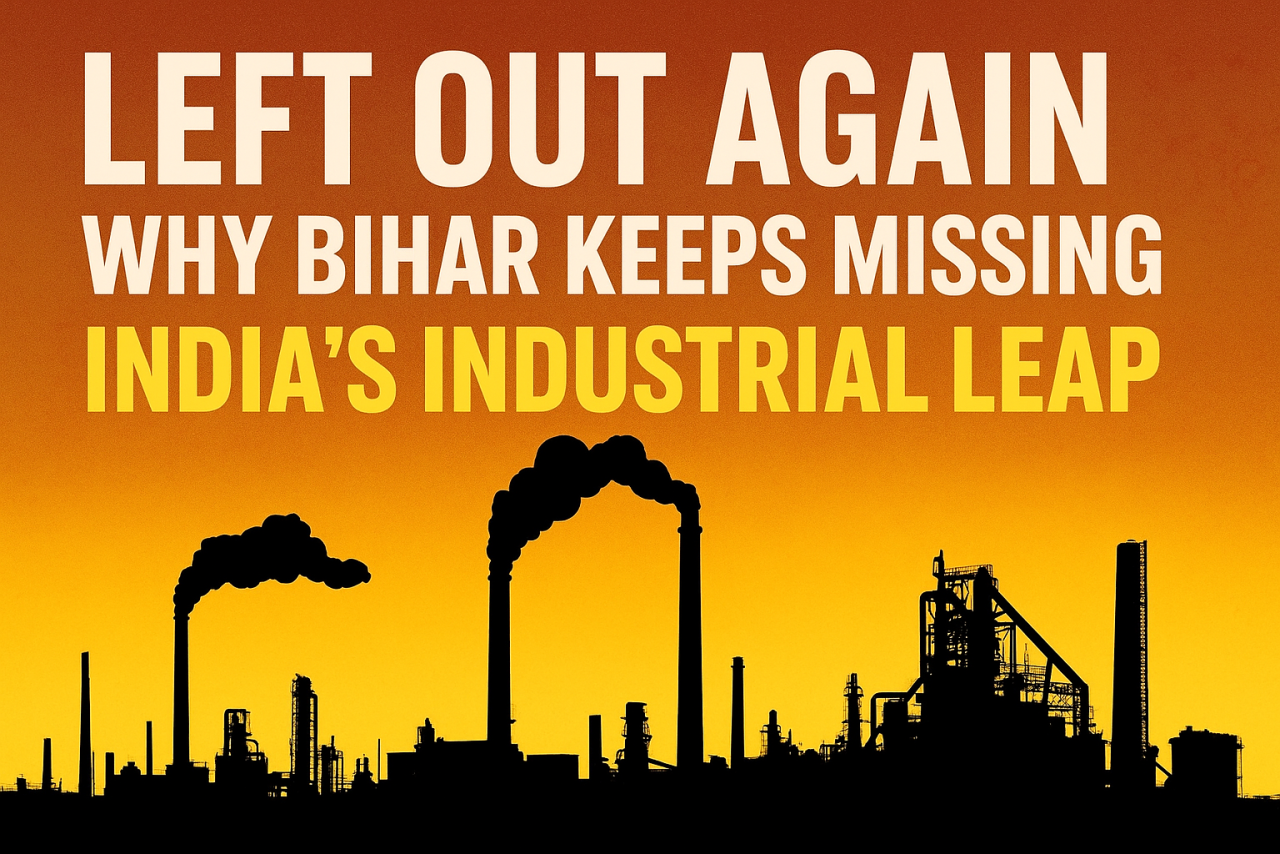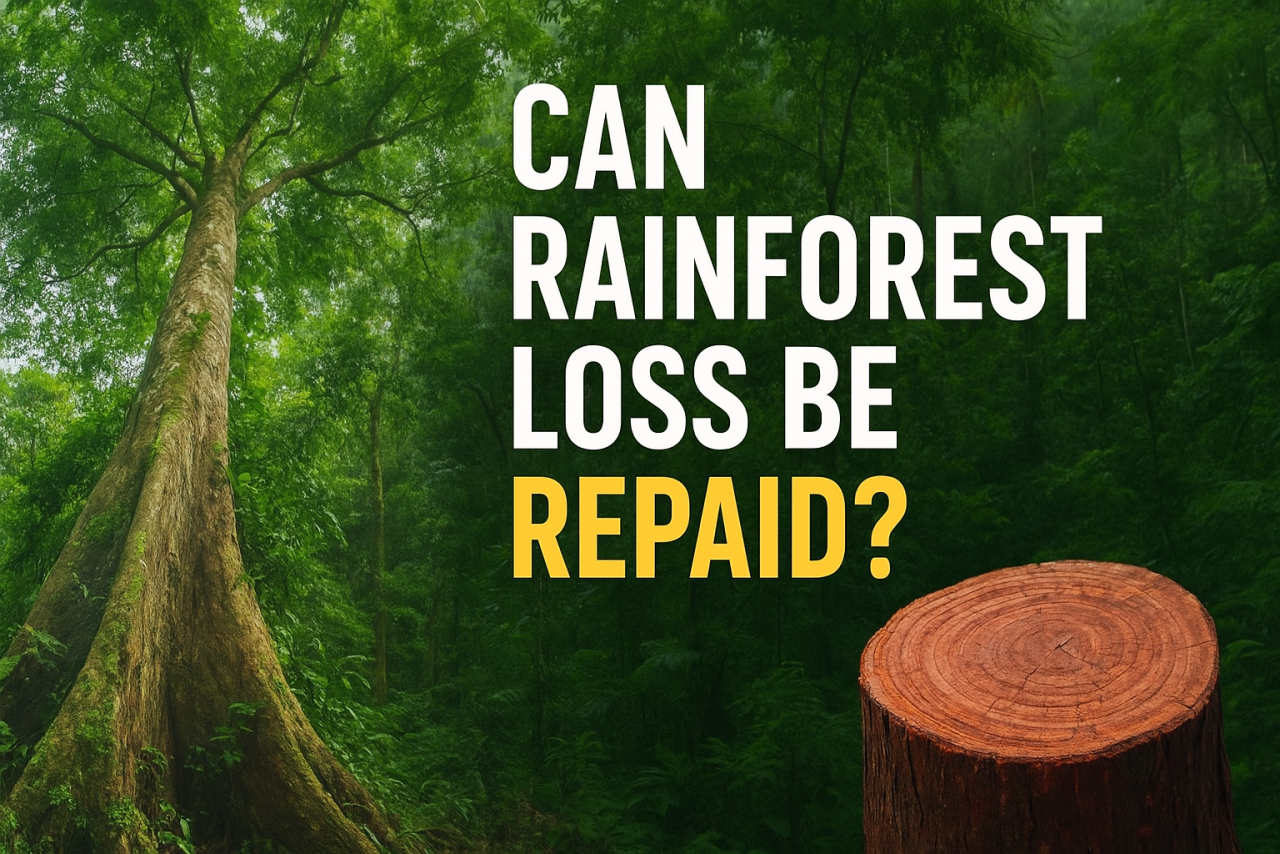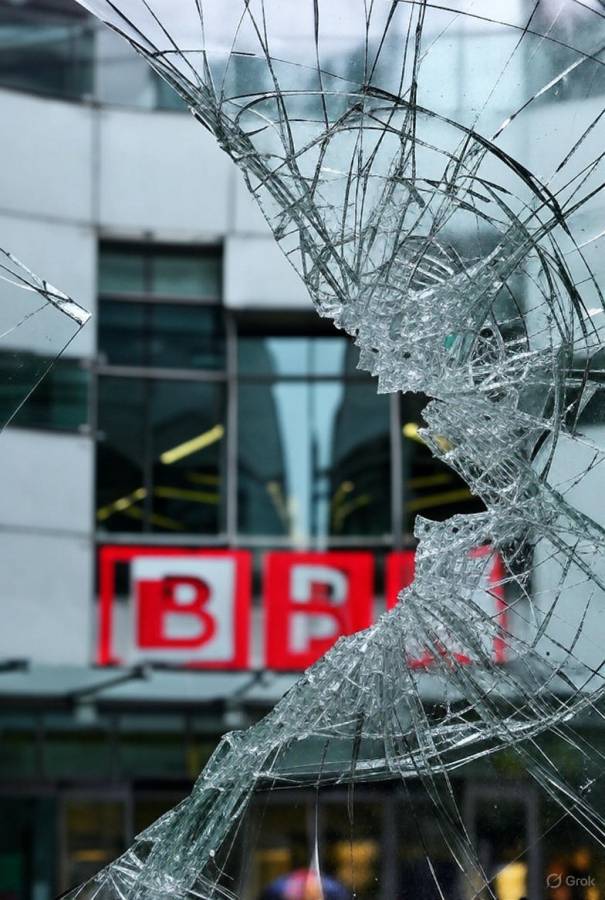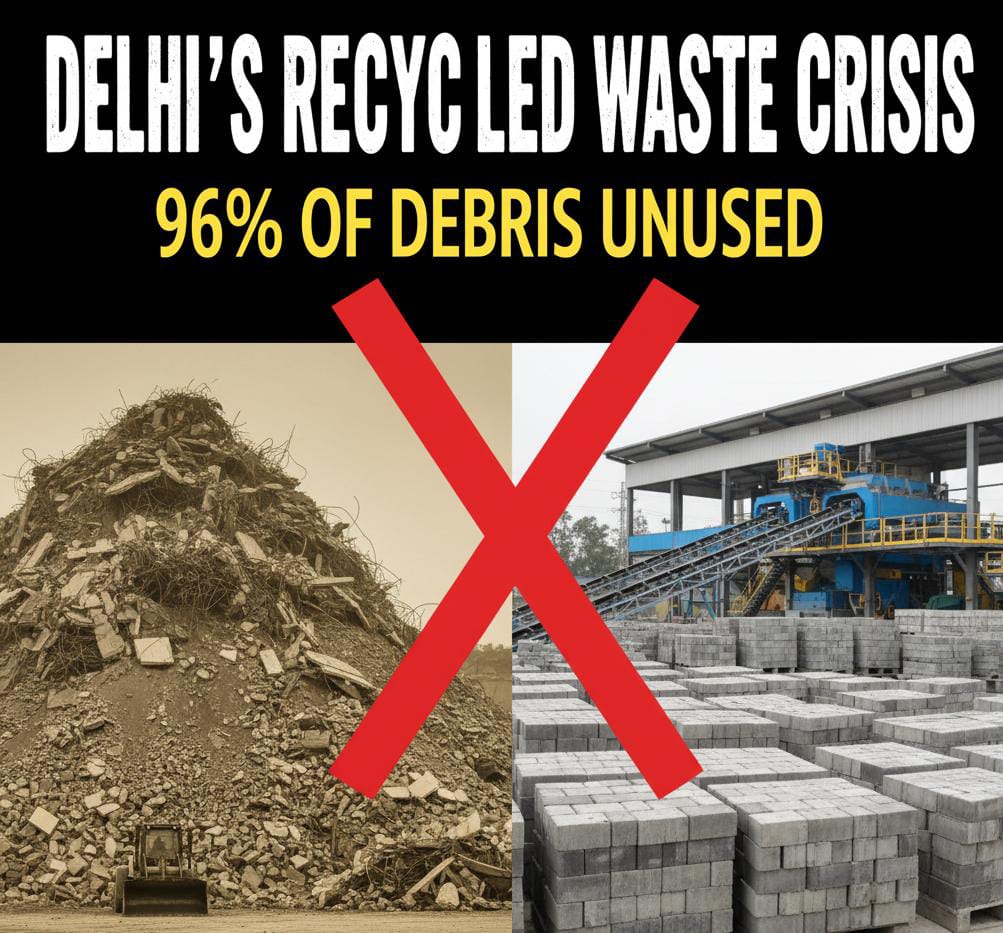
Despite having a sophisticated network of plants to process Construction and Demolition (C&D) waste, Delhi’s ambitious recycling programme has ground to a halt due to a severe lack of demand from the very government agencies mandated to use the products.
A new report highlights a stark “problem of plenty,” revealing that major municipal bodies and departments have utilized less than 4% of the targeted recycled material in the current financial year (April–August). Officials cite high costs as the primary deterrent, exposing a deep policy-to-execution gap that is undermining the capital’s environmental goals.
The numbers paint a grim picture of systemic failure across government departments. For 2024–25, the annual target for utilizing recycled C&D products such as interlocking blocks, paver blocks, and concrete bricks stands at an ambitious 16 million tonnes. However, data compiled by the Municipal Corporation of Delhi (MCD) between April and August shows actual offtake at a paltry 230,904 tonnes. This means Delhi’s agencies have achieved only 3.97% of the targets set for them, leaving massive stockpiles of recycled aggregates and pavers unused. This dramatically low utilization defeats the very purpose of setting up these multi-crore processing plants.
The underperformance is not confined to one department but extends across almost every public body. While the Ministry of Housing and Urban Affairs (MoHUA) has issued repeated directives urging agencies to increase usage, compliance remains weak. Infrastructure behemoths like the Public Works Department (PWD) and the Delhi Development Authority (DDA) are among the worst offenders. The report notes that PWD managed to use only 1.1% of its target, while DDA achieved just 4.23%. Other agencies, including NDMC and DMRC, also show utilization rates far below their assigned goals, confirming a widespread reluctance to adopt green building materials.
Why this resistance? Officials across departments point to one key issue — financial viability. A senior MCD official acknowledged that the high cost of recycled products, compared with conventional materials like quarry-mined stones and river sand, makes them fiscally unfeasible for large-scale construction projects. The process is relatively new, and without policy support to bridge the cost gap, recycled products struggle to compete. What should have been a flagship environmental initiative has instead become a financial burden, with processed materials lying idle instead of being integrated into Delhi’s rapid infrastructure growth.
This lack of demand creates a paradox in a city drowning in debris. Delhi generates an estimated 10,000 tonnes of C&D waste every day. To manage this, it operates four recycling plants with a combined capacity of 5,000 tonnes per day (TPD), with plans for further expansion. Yet, even the existing capacity is severely underutilized because there are few takers for the recycled output. Until the government addresses the issue of cost competitiveness, the capacity figures remain meaningless.
Unless the city administration introduces strong and targeted interventions, either by mandating procurement quotas for all public projects or by subsidizing recycled materials to match conventional rates, Delhi’s recycling plants will remain economically strained and environmentally ineffective. Without a clear policy roadmap to make recycled products financially viable, the capital’s green construction dream will continue to crumble beneath ever-growing heaps of unprocessed construction debris


